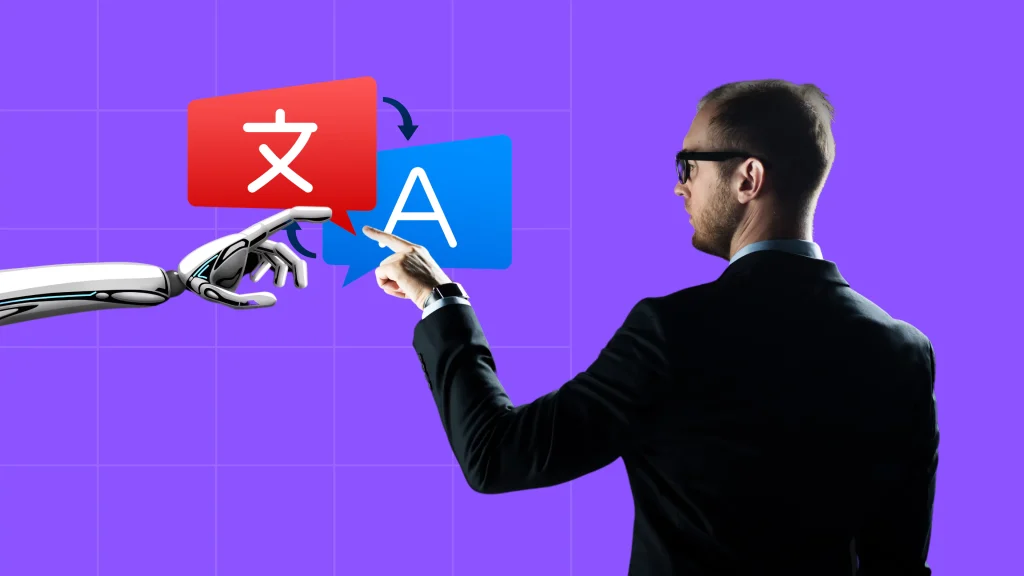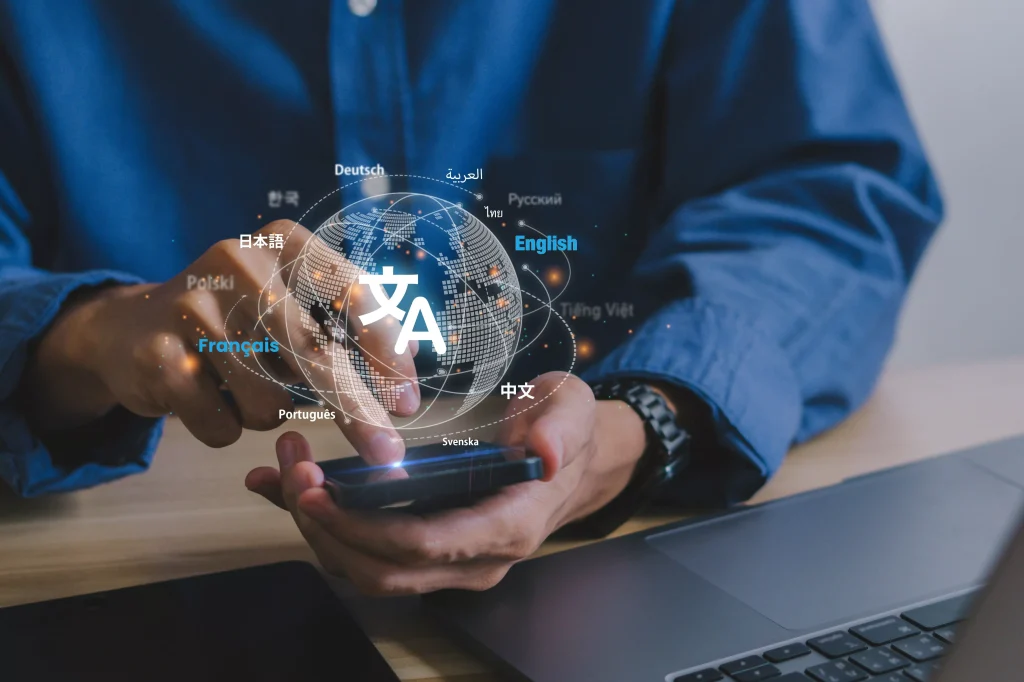As of 2024, Google Translate processed over 1 trillion translations annually – that is more than 100 billion words every single day. These numbers might make professional translators nervous about their future. After all, anyone can translate a text within seconds using tools like Google Translate or DeepL which are becoming more accurate each year. […]
How Business Translation Lead to Global Growth for a Major Consulting Firm
With the world now a global village thanks to technology, successful companies recognize the importance of effective communication across linguistic and cultural boundaries. Business translation, the process of adapting business-related content from one language to another, has become a critical tool for organizations seeking to expand their reach and establish a strong presence in international […]
Multilingual Content Creation vs. Post-Translation Content Adaptation Strategies for Global Consultancy Firms
In this article, we delve into the world of translation and the strategies global consultancy agencies can use to reach the international audience. Learn about the difference between multilingual content creation and post-translation content adaptation, their benefits and challenges, strategies, and everything in between. Global Communication in Consultancy In today’s competitive global business landscape, consultancy […]
Human Translators vs. AI-Powered Translation Tools Which is Best for Sensitive Public Sector Documents
When translating sensitive public sector documents, accuracy and nuance are crucial. While AI tools offer impressive speed and cost savings, can they truly match the precision and cultural sensitivity human translators offer? This is an important consideration, especially when dealing with documents where errors or misinterpretations can have serious consequences. In this discussion, we will […]
Legal Document Translation vs. General Business Translation: Key Differences for Law Firms and Financial Institutions
Document translation is critical for fostering multicultural partnerships and effective communication between two or more parties. Law firms, financial institutions, and other businesses use translation services to overcome language barriers and promote ease of international operations. This article highlights the importance of accurate translation and differentiates between legal and business document translation. It covers the […]
Online vs. Local: Choosing the Best Translation Services in the USA for Your Business
The need for accurate translation services cannot be overstated in today’s globalized economy. Whether serving a diverse customer base or venturing into new markets, translation services are a lifeline. They are essential for businesses in the United States that want to reach a wider non-English audience and ensure compliance with international regulations. Translation services can […]
Freelance vs. Agency: Which Copywriting Services Are Best for Your Business?
Copywriting services are vital for creating compelling written content to generate leads and grow revenues. However, deciding between freelance copywriters and copywriting agencies can be challenging for most company stakeholders. This article highlights the difference between freelance copywriting services and copywriting agencies. It outlines the advantages and disadvantages of each copywriting service and explains the […]
Content Creation Services: Elevating Professional Communications
Specialized content creation services enable businesses to create messages that resonate with their specific audiences. These services help you showcase your unique strengths and expertise in your industry. By tailoring your message to attract the right audience, specialized content creation boosts your visibility and ensures it reaches people most likely to engage and become loyal […]
Maximizing Your Business Impact: Expert Proofreading Services Unveiled
Proofreading is fundamental in the professional world, as every word and punctuation mark counts. However, many companies, including corporations, tend to ignore this process, leading to major losses. Join us in this guide as we explore what Proofreading Services are, what it entails, and the different types of proofreading. We have also shared case studies […]
French to English Translation: Services, Processes, and Innovations
Language remains one of the most significant barriers in business and the larger global economy. Language barriers can impede growth and hinder market penetration. However, accurate translation can help bridge these linguistic divides and ensure your brand message and values resonate with a global audience. Accurate French-to-English translation helps facilitate business, legal, and cultural exchanges […]









